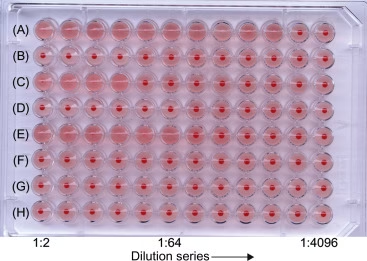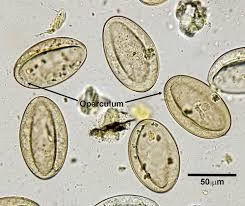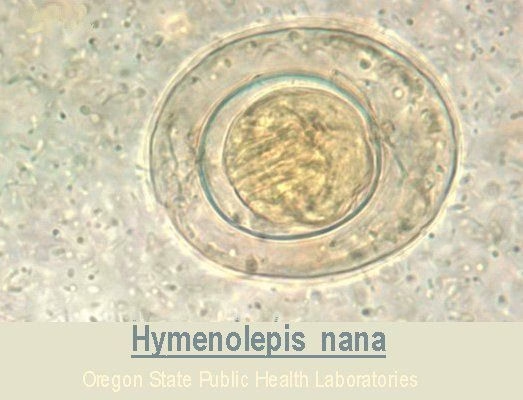
Introduction The Hemadsorption Assay (HAD) is a fundamental virological method used to detect viruses that express hemagglutinins (HA) on the surface of infected cells. Some viruses, such as Influenza, Parainfluenza, Read More …
Simplifying Allied Health Learning.

Introduction The Hemadsorption Assay (HAD) is a fundamental virological method used to detect viruses that express hemagglutinins (HA) on the surface of infected cells. Some viruses, such as Influenza, Parainfluenza, Read More …
Introduction The Hemagglutination Inhibition assay (HAI) is a serological technique widely used in virology to detect and quantify antibodies against viruses possessing hemagglutinin proteins. This method is especially used for Read More …

Diphyllobothrium latum, commonly known as the broad fish tapeworm, is one of the largest tapeworm species infecting humans. It primarily resides in the small intestine of humans and other carnivorous Read More …

Hymenolepis nana, commonly known as the dwarf tapeworm, is a parasitic tapeworm that primarily infects humans and is one of the most common tapeworms infecting humans worldwide, especially in areas Read More …

Introduction Nocardia is a genus of aerobic, gram-positive, partially acid-fast, branching filamentous bacteria found in soil, decaying organic matter, and water. They are opportunistic pathogens that cause nocardiosis, an infection Read More …